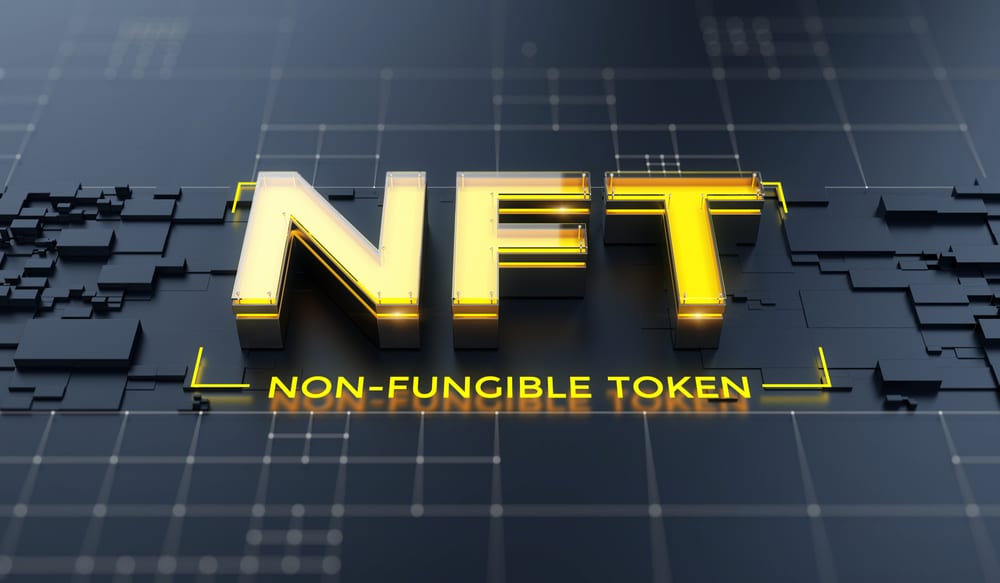Proof-of-Work Vs. Proof-of-Stake: What You Need to Know

Proof of Work (PoW) and Proof of Stake (PoS) stand as the central frameworks in the cryptography universe, primarily driving the consensus processes in blockchain technologies. These crucial components ensure the reliability and security of each transaction within blockchain networks.
Although PoW and PoS aim to validate transactions and form new blocks in the blockchain, they each employ distinct strategies and principles to achieve this goal. In the following exploration, we will delve into the specific differences that set these two mechanisms apart. We will focus on their characteristics and how they contribute to blockchain exchanges’ smooth and secure operation.
What is Proof-Work?
Proof-of-work is an essential idea in cryptocurrencies, forming the base for secure and consensus-driven blockchain networks. Hal Finney first introduced this concept in 2004, and it gained widespread recognition with Bitcoin’s emergence in 2009. Proof-of-work works by utilizing the combined computing power of a network to validate and log transactions, as well as to generate new blocks in the blockchain.
In the PoW system, network participants, called miners, compete to solve intricate mathematical problems. The first miner to successfully solve the problem links the new block to the previous one in the blockchain, earning a reward in the form of cryptocurrency. This mining process is pivotal for upholding the blockchain’s security and integrity.
At its essence, PoW requires users to demonstrate their computational capacity to verify transactions. It employs regular computers as nodes that work on solving these mathematical puzzles, ensuring transactions are legitimate and added to the blockchain. The foundational security and decentralized aspect of Proof of Work (PoW) originate from the combined computational efforts of miners. These miners are crucial in safeguarding the network against various threats and maintaining the blockchain’s integrity.
Understanding Proof-of-Stake
Proof-of-Stake (PoS) is a different approach in the cryptocurrency world, serving as an alternative to the traditional PoW method. It was introduced in 2011 to address the high energy use of PoW. PoS focuses on a more energy-efficient method for verifying transactions and keeping blockchain networks safe.
In PoS, the ability to validate transactions and form new blocks is based on holding a stake in the cryptocurrency rather than performing computational work. Users with a certain amount of cryptocurrency tokens are deemed eligible to confirm transactions. This approach significantly reduces the need for energy-consuming mining activities. Validators are randomly selected, which lessens competition and further cuts down on energy usage.
In its essence, Proof-of-Stake (PoS) offers an eco-conscious, streamlined method for safeguarding blockchain integrity, supplanting computational exertion with a system predicated on stake. This methodology is gaining traction within the cryptocurrency sphere due to its efficiency and reduced environmental impact, particularly when contrasted with Proof of Work (PoW).
Delving into the Nuances of Proof of Work versus Proof of Stake
Proof of Work (PoW) and Proof of Stake (PoS), as pivotal components in decentralized architectures, each boasts distinct operational modalities and foundational philosophies.
- Mining Mechanics
At the heart of PoW is the mining concept, where the creation of new blocks depends on solving complex mathematical puzzles. This process requires substantial computational power and effort. Miners are in a constant race to solve these puzzles, with success resulting in the creation of new cryptocurrency units.
In PoS, however, the focus shifts from computational power to ownership stakes in the network. Here, the likelihood of a participant validating a new block is proportional to the cryptocurrency they hold and stake. This system emphasizes a financial commitment rather than computational work.
- Reward Structures
PoW rewards miners with new cryptocurrency coins for solving puzzles and validating blocks, thus increasing the overall supply of the currency. This reward system is directly tied to the miner’s computational contributions.
On the other hand, PoS does not rely on block rewards. Validators in this system earn through transaction fees. This approach underscores a different aspect of network participation, pivoting away from computational strength to transactional involvement.
- Competition and Security
PoW is characterized by a competitive environment where miners race against each other to solve puzzles. This competition drives the network’s security and demands significant computational resources.
In PoS, the selection of block creators is more algorithmic based on their holdings in the network. This removes the competitive aspect found in PoW, reducing the need for intense computational efforts.
PoW requires a potential attacker to control most of the network’s computing power for security, making attacks difficult. In PoS, the barrier is financial, as an attacker would need to own over half of the cryptocurrency in the network, a costly and impractical feat.
Which Leads the Future: PoS or PoW?
In cryptocurrency, the Proof of Stake (PoS) and Proof of Work (PoW) systems are at the heart of a longstanding debate. PoS, favored for its environmental friendliness and stability, is gaining popularity in newer cryptocurrencies, aligning with the crypto world’s sustainability focus. However, it faces criticism for potential centralization, as more extensive holdings could lead to more network control.
On the other hand, PoW, though established, contends with the risk of a 51% attack where majority control compromises network integrity. This highlights the necessity for solid security in PoW systems.
The choice between PoS and PoW often depends on individual biases and understanding their unique advantages and drawbacks. In the diverse and evolving landscape of cryptocurrencies, both systems play crucial roles, reflecting varied approaches and contributing to the future development of blockchain technology. Rather than a clear winner, PoS and PoW coexist, each shaping the digital currency world.
DISCLAIMER: It's essential to understand that the articles on this site are not meant to serve as, nor should it be construed as, advice in legal, tax, investment, financial, or any other professional context. You should only invest an amount that you are prepared to lose, and it's advisable to consult with an independent financial expert if you're uncertain. To obtain more information, kindly examine the terms of service and the assistance and support resources made available by the issuing or advertising entity. Our website is committed to delivering accurate and unbiased news, yet it's important to note that market conditions may change rapidly. Also, be aware that some (but not all) articles on our site are compensated or sponsored.








